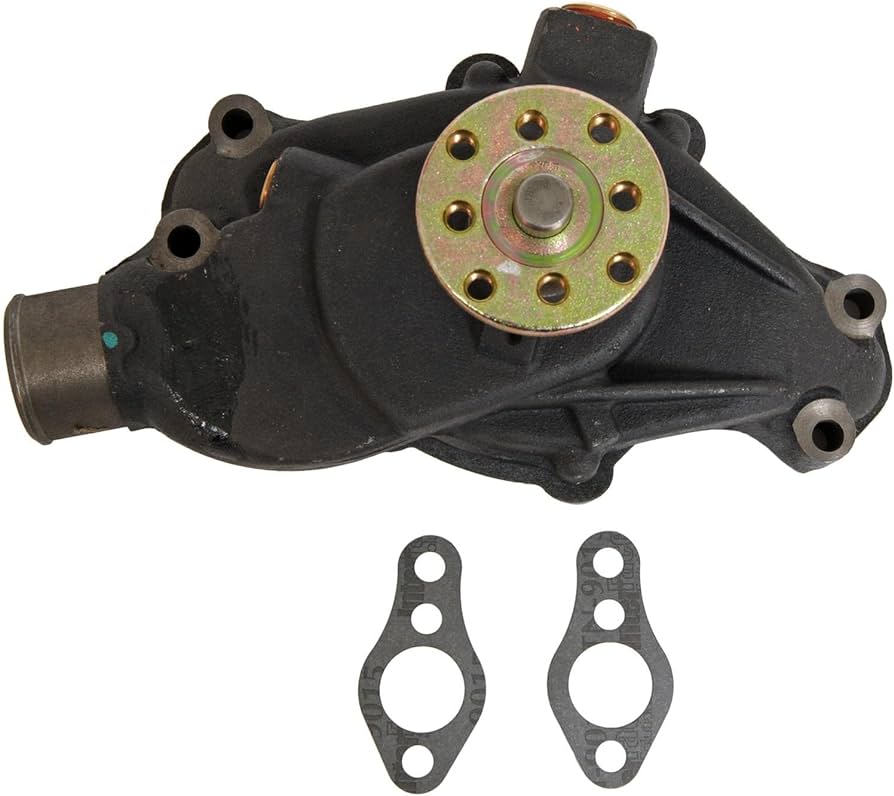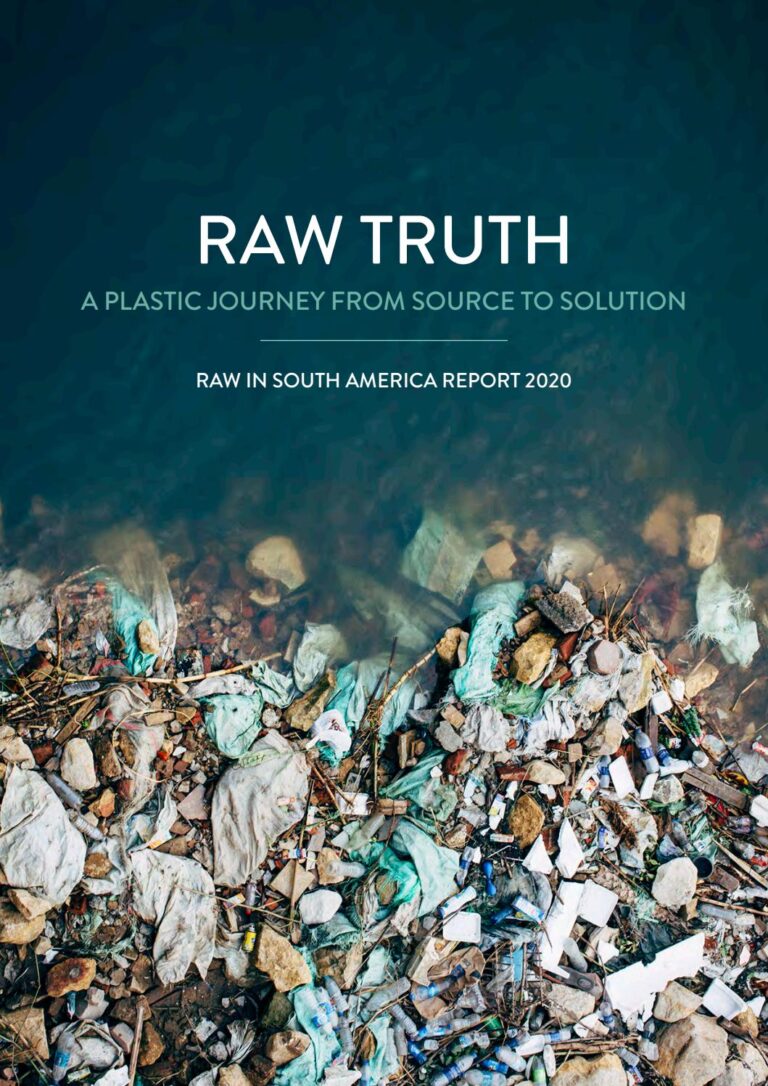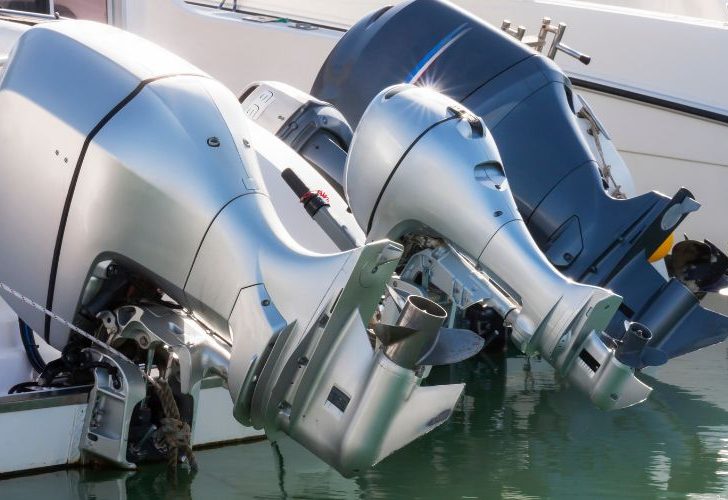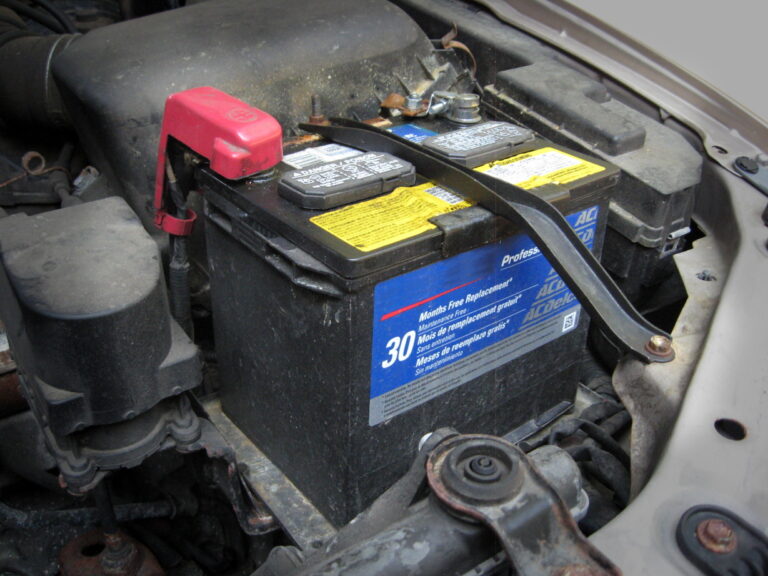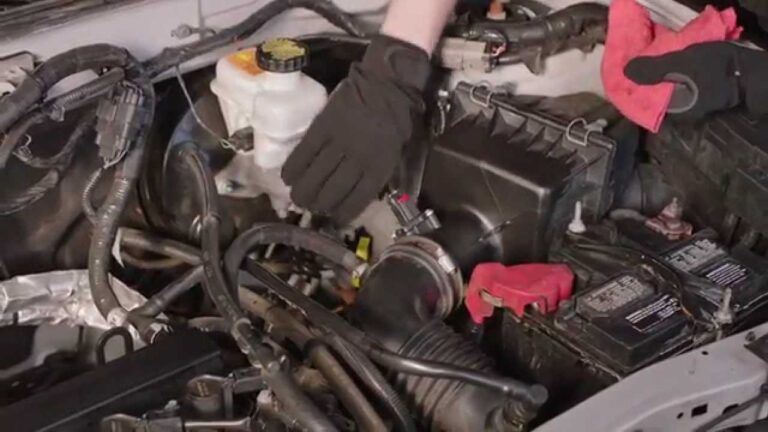4.3 Mercruiser Water in Oil: Troubleshooting and Solutions
Water in oil in a 4.3 Mercruiser engine can be caused by a blown head gasket, a cracked cylinder head, or damaged exhaust manifolds. It is important to have a marine technician confirm the cause of the problem, as it may require rebuilding or replacing the engine.
Flushing the milky oil from the engine can be done using various methods, but it is recommended to seek professional advice for the best approach. Block cracks from freezing usually result in water on the outside of the block, rather than in the oil.
Sludge in the oil pan, corrosion around the cylinders, or a leaking manifold can also contribute to water entering the oil. Changing the oil multiple times and addressing any leaks can help resolve the issue.
Understanding Mercruiser Water In Oil Issues
Mercruiser water in oil refers to the presence of water in the engine oil of a Mercruiser boat engine. This can happen when water enters the crankcase from a blown head gasket, a cracked cylinder head, or damaged exhaust manifolds.
Addressing water in oil issues is crucial to prevent damage to the engine. When water mixes with the oil, it can cause corrosion, reduced lubrication, and increased wear on engine components. This can lead to engine failure and costly repairs if not addressed promptly.
The presence of water in the oil can have several detrimental effects on Mercruiser engines. It can lead to decreased engine performance, increased fuel consumption, and potential damage to internal engine parts. It is essential to identify and resolve any water in oil issues to ensure the longevity and reliability of the engine.

Credit: www.youtube.com
Identifying And Diagnosing Water In Oil Problems
| Symptoms of water in oil in Mercruiser engines |
|---|
| – Milky or foamy oil |
| – Increased oil level |
| – Overheating or loss of power |
| – White smoke from the exhaust |
| – Coolant contamination |
Identifying water in oil in Mercruiser engines is crucial for proper diagnosis. One common symptom is milky or foamy oil. This occurs when water mixes with the oil, creating a noticeable change in color and consistency. Another symptom is an increased oil level, which is caused by the volume of water accumulating in the crankcase. Additionally, overheating or loss of power can indicate water in the oil, as the presence of water disrupts the engine’s lubrication and cooling capabilities. White smoke from the exhaust is another sign, as water in the oil can lead to combustion issues. Finally, coolant contamination may occur, as water can infiltrate the coolant system and mix with the antifreeze. It’s important to check for these symptoms and take the necessary steps to diagnose and resolve water in oil problems in Mercruiser engines.
When it comes to checking for water in oil in Mercruiser engines, there are a few methods you can follow. First, you can visually inspect the oil dipstick for any signs of water contamination. If the oil appears milky or frothy, it’s a clear indication of water in the oil. Another method is to perform an oil analysis test, where a sample of the oil is sent to a laboratory for analysis. This test can determine the presence of water and other contaminants in the oil. It’s also important to check for any external leaks or damaged components that could be allowing water to enter the oil system. Regular maintenance and inspections can help prevent and detect water in oil issues in Mercruiser engines.
There can be several common causes of water in oil in Mercruiser engines. One possible cause is a blown head gasket, where the gasket fails to seal the cylinder head and allows coolant to leak into the oil system. Another cause can be a cracked cylinder head, which can also result in coolant leakage. Damaged or cracked exhaust manifolds can also introduce water into the oil. It’s important to have a professional marine technician diagnose the exact cause of water in oil problems, as repairs may involve rebuilding or replacing the engine. Regular maintenance and inspections are key to preventing these issues and maintaining the performance and longevity of Mercruiser engines.
Resolving Water In Oil Problems In Mercruiser Engines
Water in oil is a common problem in Mercruiser engines and can cause serious damage if not addressed promptly. If you’re facing this issue, here are some troubleshooting steps you can take:
- Check for a blown head gasket, a cracked cylinder head, or damaged exhaust manifolds. This could be allowing water to enter the crankcase.
- Consult with a marine technician to confirm the root cause of the water in oil problem and determine the extent of the damage.
- Depending on the severity of the damage, the engine may need to be rebuilt or replaced.
Once the issue is resolved, it’s essential to take preventive measures to avoid water in oil problems in the future:
- Regularly inspect and maintain your engine, checking for any signs of leaks or damage.
- Ensure proper installation and maintenance of gaskets and seals.
- Perform regular oil and filter changes to keep the engine clean and free from contaminants.
- Monitor the engine’s temperature and address any overheating issues promptly.
By following these troubleshooting steps and implementing preventive measures, you can resolve water in oil problems in Mercruiser engines and keep your engine running smoothly.
Frequently Asked Questions For 4.3 Mercruiser Water In Oil
What Would Cause Water In Oil In Boat Engine?
Water in the oil in a boat engine can be caused by a blown head gasket, a cracked cylinder head, or damaged exhaust manifolds. Have a marine technician check to confirm the cause and determine if the engine needs rebuilding or replacing.
How Do You Flush Milky Oil From A Boat Engine?
To flush milky oil from a boat engine, follow these steps: 1) Determine the cause of the milky oil, such as a blown head gasket or damaged exhaust manifolds. 2) Contact a marine technician for further inspection. 3) Depending on the extent of the damage, the engine may need rebuilding or replacing.
4) Drain the water from the engine block by removing the drain screw at the bottom. 5) Repeat the process until the oil is clear and free from water.
How Many Quarts Of Oil Does A 4.3 Mercruiser Take?
A 4. 3 MerCruiser engine requires four quarts of oil. Regular oil changes are crucial for optimal engine performance.
Where Is The Oil Drain Plug On A 4.3 Mercruiser?
The oil drain plug on a 4. 3 MerCruiser is located at the bottom of the block. Simply unscrew it to drain the oil from the engine.
Conclusion
Dealing with water in the oil of your 4. 3 Mercruiser engine can be a frustrating and costly issue. It is important to determine the cause of the water contamination, whether it be a blown head gasket, cracked cylinder head, or damaged exhaust manifolds.
A marine technician should be consulted to diagnose the problem accurately and determine the extent of the damage. Depending on the severity, the engine may need to be rebuilt or replaced. Ensuring proper maintenance and addressing any issues promptly can help prevent water contamination in the future.

